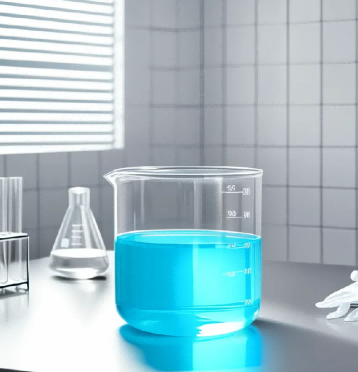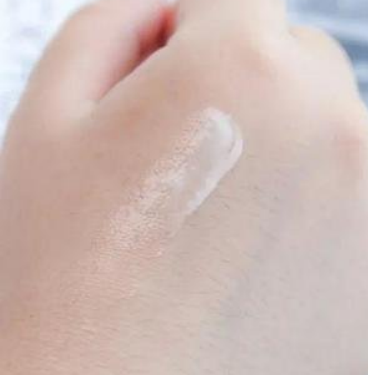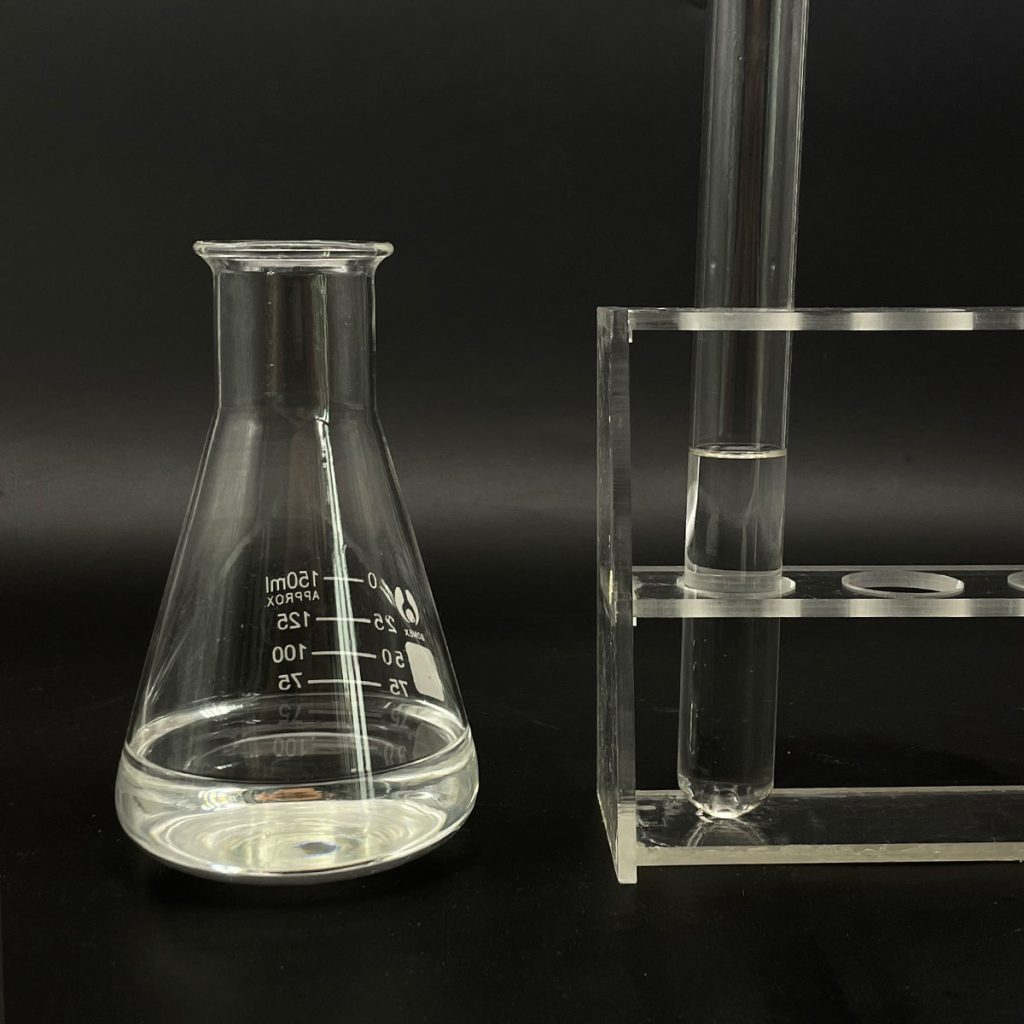1. Introduction
If you’ve ever experienced dryness, redness, or irritation after using shampoo, body wash, or even dish soap, sodium lauryl sulfate (SLS)—also known as sodium dodecyl sulfate or na lauryl sulfate—might be the culprit. This powerful anionic surfactant is widely used for its foaming and cleansing abilities, but it can be harsh on skin and eyes. Fortunately, safer, gentler alternatives exist. In this guide, you’ll learn how to identify SLS in products, understand its effects, and choose better surfactant options for your health and the environment.

2. What Is Sodium Lauryl Sulfate and Why Is It Problematic?
Sodium lauryl sulfate (SLS), sometimes labeled as natrium lauryl sulfate or sls sodium lauryl sulfate, is a synthetic anionic surfactant derived from lauryl alcohol (often from coconut or palm kernel oil). Its job is to reduce surface tension—making it easier for water to spread and lift away oil and dirt. While effective, SLS can strip natural oils from skin and hair, leading to irritation, especially for sensitive or eczema-prone individuals.
It’s important not to confuse SLS with sodium laureth sulfate (also called sodium lauryl ether sulfate or sodium lauryl ether sulphate), which is ethoxylated and generally milder—but may contain trace contaminants like 1,4-dioxane. Both are common in shampoos, toothpastes, and cleaners, often listed under names like sls sulfate, laureth sulphate, or sulphate laureth sulfate.
3. Step-by-Step: How to Identify and Avoid SLS in Products
Start by reading ingredient labels carefully. Look for these common names:

- Sodium lauryl sulfate
- Sodium dodecyl sulfate
- SLS or sls sodium
- Na lauryl sulfate
- Natrium lauryl sulfate
Also watch for related compounds like ammonium lauryl sulfate (or ammonium dodecyl sulfate), which behave similarly. If you’re using products like lawn wetting agents or surfactant for herbicides, SLS may appear as a wetting agent for grass—but in personal care, it’s best minimized.
4. Understanding Surfactant Types: Anionic, Cationic, Non-Ionic, and Amphoteric
The meaning of surfactant is simple: a surface-active agent that helps mix oil and water. But not all surfactants are equal. They fall into four main categories:

- Anionic surfactants (like SLS, sodium dodecylbenzene sulfonate, sodium lauroyl sarcosinate) carry a negative charge and are strong cleaners but can be irritating.
- Cationic surfactants (like cetyl trimethyl ammonium bromide or cetyltrimethylammonium bromide) are positively charged and used in conditioners for their antistatic properties.
- Non-ionic surfactants (like polysorbate 80, Span80, Pluronic 127, poloxamer 188, ethoxylated alcohol, or lignin sulfonate) have no charge and are milder—ideal for sensitive applications.
- Amphoteric surfactants (like cocamidopropyl betaine, also called coco betaine, amidopropyl betaine, or coco amido propyl betaine) can switch charge based on pH and are very gentle.
For skincare, combining anionic with amphoteric or non-ionic surfactants reduces irritation while maintaining cleansing power.
5. Top Gentle Alternatives to Sodium Lauryl Sulfate
Ready to swap out SLS? Here are proven, skin-friendly options:
- Alkyl polyglucoside and decyl glucoside: Bio surfactants derived from sugar and coconut oil; non-ionic and extremely mild.
- Coco glucoside: Another plant-based, nonionic surfactant often paired with glycerin for extra hydration.
- Sodium cocoyl isethionate and sodium lauroyl methyl isethionate: Creamy, low-foaming anionic surfactants used in luxury bars.
- Sodium coco sulfate (or coco sodium sulfate): A milder anionic option derived from coconut, though still stronger than glucosides.
- Sodium cocoyl glutamate and sodium lauroyl sarcosinate (or lauroyl sarcosinate): Amino acid-based surfactants that cleanse without stripping.
Avoid confusing these with harsher options like fluoro surfactant or sodium deoxycholate, which are used in labs or industrial settings—not skincare.
6. Practical Tips for Formulators and DIY Enthusiasts
If you’re making your own shampoo, face wash, or even a surfactant for weed killer, consider these tips:
- For personal care: Blend cocamidopropyl betaine with decyl glucoside for rich lather and low irritation.
- For herbicides: Use methylated seed oil or a nonionic surfactant like ethoxylated alcohol instead of SLS to improve leaf penetration without harming soil microbes.
- Never mix anionic and cationic surfactants directly—they can neutralize each other and form gunk. That’s why anionic cationic combinations require careful formulation.
If sourcing raw materials, companies like Rohit Surfactants Private Limited offer a range of options including sodium lauryl sulfate for sale—but always request safety data sheets.
7. Conclusion
While sodium lauryl sulfate is effective, its potential for irritation makes it a poor choice for daily skincare or sensitive applications. By understanding surfactant types and choosing gentler alternatives like alkyl polyglucoside, coco betaine, or sodium cocoyl isethionate, you can maintain cleanliness without compromising skin health. Always read labels, prioritize bio surfactants when possible, and remember: more foam doesn’t mean better cleaning—just more potential for dryness.
Our Website founded on October 17, 2012, is a high-tech enterprise committed to the research and development, production, processing, sales and technical services of ceramic relative materials such as How. Our products includes but not limited to Boron Carbide Ceramic Products, Boron Nitride Ceramic Products, Silicon Carbide Ceramic Products, Silicon Nitride Ceramic Products, Zirconium Dioxide Ceramic Products, etc. If you are interested, please feel free to contact us.


